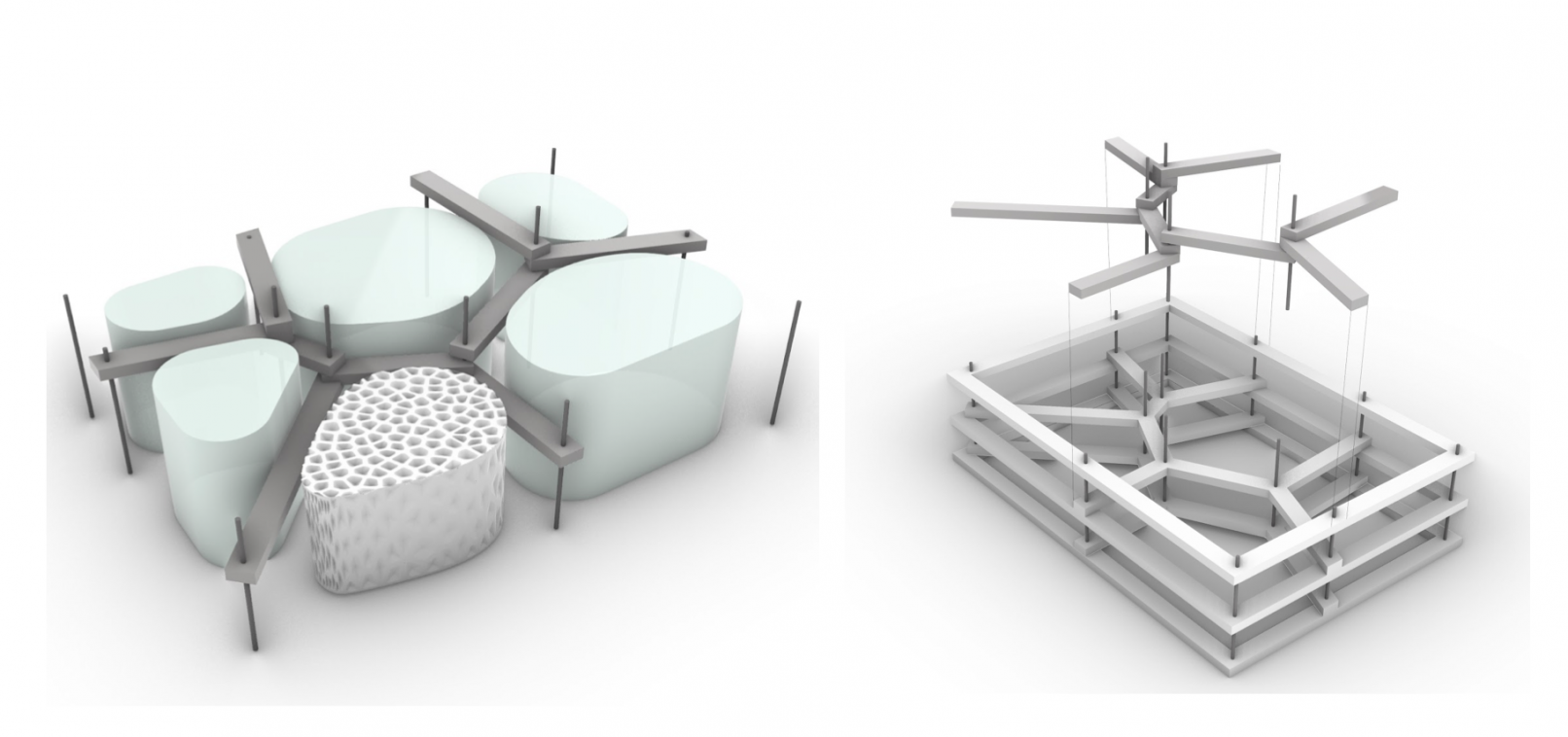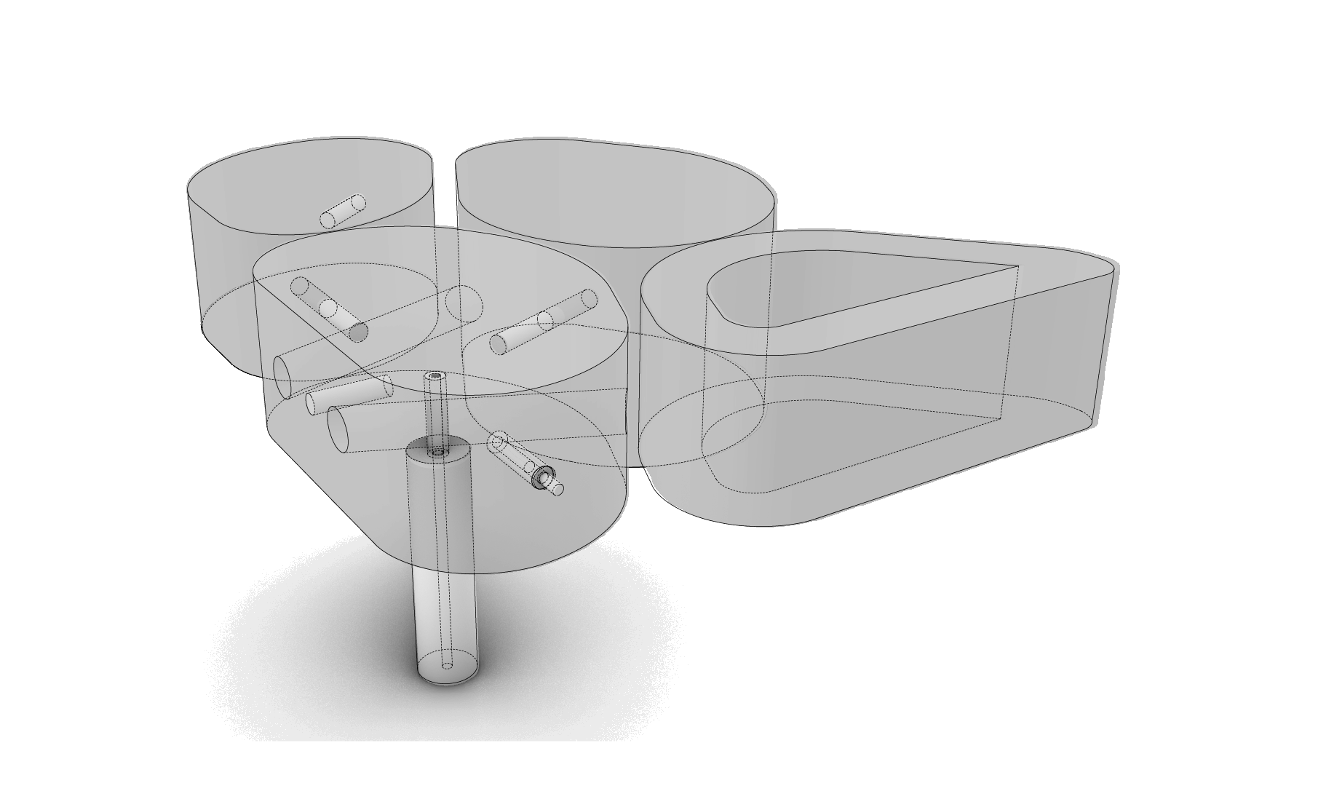Phae V: Marine_Bio Tile Prototyping
FLORIDA INTERNATIONAL UNIVERSITY |COLLEGE OF ARCHITECTURE + THE ARTS
The fabrication strategy to create the nonuniform Voronoi tile is challenging. The goals were to develop a formwork that is adaptable and reusable. The fabrication methodology used a bottom-up approach to allow flexibility and shape generation at the site. This approach is inspired by the experiment of minimal path apparatus with soap bubbles. As Otto defines it, “a flexible territory,” in which the method of the framework is not fixed and predetermined and allows for flexibility and shape variations (Otto, 2009). In order to achieve this methodology, I utilized the Wallace plugin, a multi-objective evolutionary solver, to generate forms of Voronoi tiles based on the defined objectives. The objectives of the scripts were comprised of two criteria: 1) the size and volume restrictions 2) Increasing the height variation of the tiles to increase the shaded area the lower. The aim is to use this flexible formwork to make the tiles and assemble the tiles at the site.
Credit:
NSF CREST Center for Aquatic Chemistry and Environment
Sculptor artist Alberto Aragon Reyes







